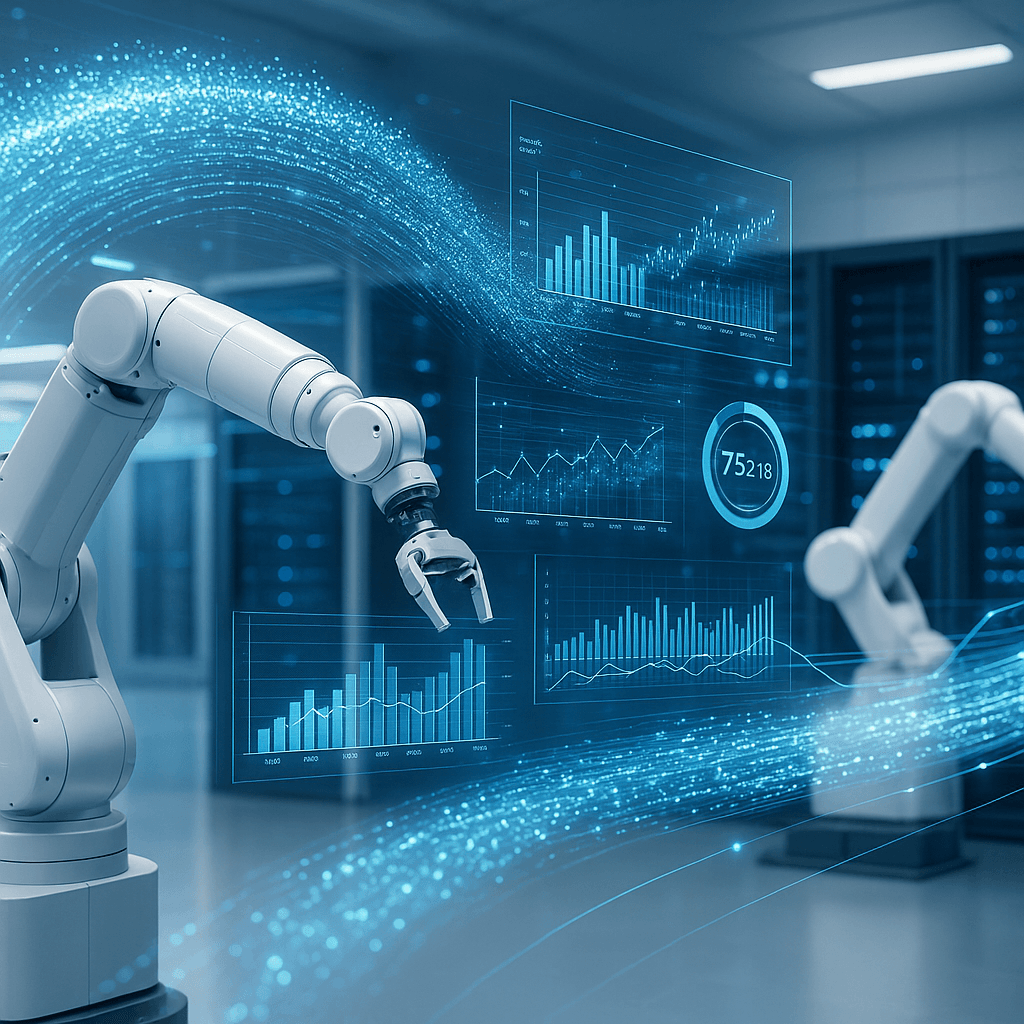Robotics companies face a staggering data challenge - even simple robots generate up to a terabyte of information daily from cameras and sensors. Sydney-based Alloy just raised $3 million to solve this problem with specialized data infrastructure that helps robotics firms process, organize, and debug their massive data streams using natural language search.
Alloy is betting big on a problem that's about to explode. As robotics companies scale from prototype to production, they're drowning in data - and the current solutions aren't cutting it.
The numbers are staggering. Even a basic robot can pump out a terabyte of data every single day, continuously capturing information from cameras, sensors, and other inputs. Now multiply that across fleets of robots, and you've got a data management nightmare that's only getting worse.
"The current pattern is, you look for some kind of anomaly, and then you'll replay the data," Alloy founder and CEO Joe Harris told TechCrunch. "They then are spending hours scrubbing through this data, looking for these issues that have been flagged to them, trying to diagnose from that [while] not really having a good view as to whether this has happened before."
That manual process is exactly what Alloy wants to eliminate. The Sydney-based startup has built a specialized data infrastructure platform that encodes and labels robotics data automatically, then lets users search through it using natural language to spot bugs and errors. Think of it as a debugging tool specifically designed for the multimodal data that robots produce.
The platform also allows companies to set up automated rules to catch and flag issues before they become bigger problems - similar to how observability tools work for software code, but tailored for the unique challenges of robotics data.
Harris didn't start out planning to solve the data problem. The former Atlassian engineer had been fascinated by robotics since childhood, but when he graduated college in 2018, opportunities in the field were scarce. He spent years working across Australian tech companies, including telehealth startup Eucalyptus, waiting for the robotics moment to arrive.
By 2024, that moment had come. Harris initially planned to build robots for agriculture, driven by an interest in vertical farming. But as he talked to other robotics founders, the same pain point kept surfacing: managing the massive amounts of data their robots generated.












